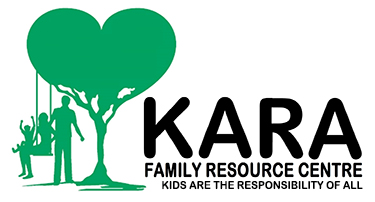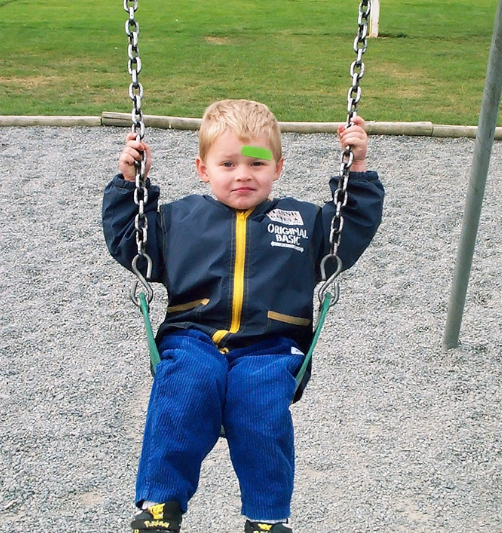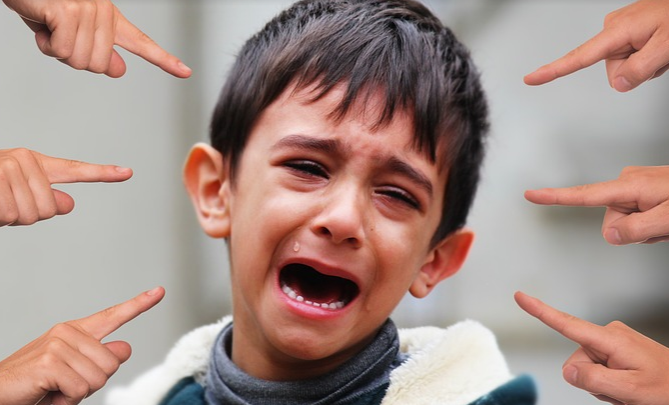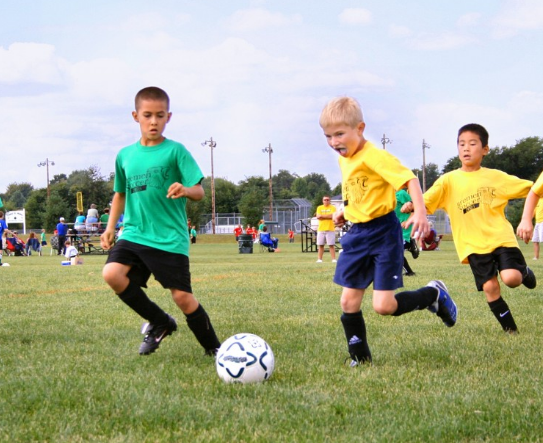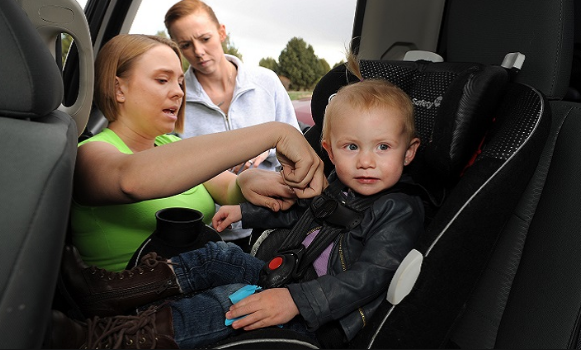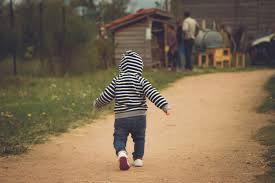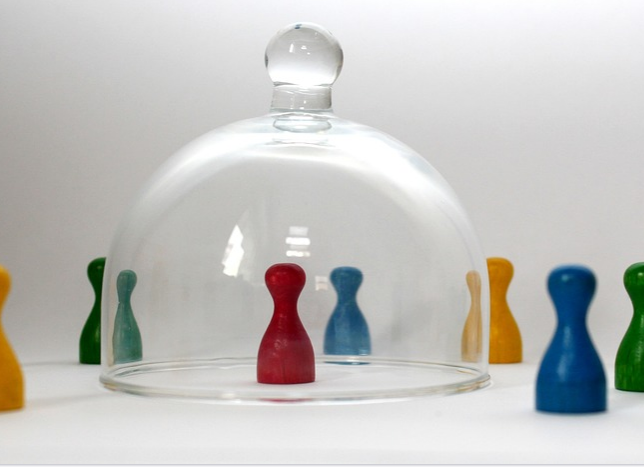
Naturally, in the current medical climate, there is a lot of room for worry. Our families are at the front of our minds and we are finding ourselves in a different situation than we’ve been used to, and likely one we’ve never faced before.
The World Health Organization officially declared COVID-19 a pandemic on March 11. A pandemic is a global outbreak, occurring over a wide geographic area and affecting an exceptionally high proportion of people. The last pandemic to occur was the H1N1 Influenza outbreak, which was declared in 2009. I was in college practicing to be a nurse when it was declared, but even still, now that I have a family, I’m more engrossed with the COVID-19 situation and ever-watching as it unfolds. I’m sure many of the parents out there feel similarly, and are thinking of their loved ones as they make family decisions. Therefore, to help my family and yours, I’ve sourced and summarized some coping methods specific to pandemics in the hope that they help empower everyone and make family management easier.
The Psychologists’ Association of Alberta has developed a Psychological Coping During a Pandemic Fact Sheet to help everyone understand normal responses to abnormal events. Such normal responses include anxiety, unrealistic fears, and strong defensive actions. They’ve given recommendations to help improve psychological responses and advice on when to seek help. Let’s walk through the recommendations together.
Staying informed but not overloaded – This is easy to understand but hard to accomplish. With the pandemic currently affecting all of us around the globe, and Alberta just recently joining the fight, the news highlights little else. On top of that, we are living in a time sure to be known as the social media era. It’s hard not to get sucked into conversations regarding the current situation and the current political decisions regarding it. However, I’ve found a little path that I’ve managed to walk regarding social media distancing: I check government websites (Alberta Health Services, the World Health Organization, Public Health Agency of Canada, & the US Center for Disease Control are all reliable information sources) and join the conversation with a few select colleagues whom I find calming in nature. Government websites provides relevant, prompt facts that are not inundated with gossip, and naturally calming people provide social support, as well as points of view that are not anxiety producing. It’s been a few days since I’ve distanced myself from the exceptionally wide world of information and I do already feel less stressed and more able to make sound decisions regarding precautions.
Staying physically healthy – I truly believe the sudden stresses (as well as the time of year) associated with the pandemic declaration are causing some of those around me to come down with the common cold or other common illness. Stress reduces the body’s ability to ward off any illness; therefore, keeping a healthy lifestyle, even in the middle of winter with recreation facility closures, is important. How can we do this? My son and I have found a way. Youtube! Earlier this year, I had planned for us to take a yoga class together down the street at the local recreation centre. Unfortunately, we never got our chance. Therefore, I Amazon’d ourselves a couple of yoga mats and we’ve started working out to Youtube yoga videos every night before bed. It’s been such a hit that I know we will keep it up even after facilities open again. It’s easier on the pocket book and he loves the variety we can get!
Maintaining perspective – “Our government needs to prepare for possible worst-case scenarios in order to protect the public. The public, however, does not need to expect the worst.” Reading this really opened my eyes as to the direction local media was going – perhaps they were blowing things out of proportion a bit, emphasizing every story and repeating tragic news. Yes, our government is making changes that really impact us citizens, but that does not mean the worst case is going to transpire. All of the measures being taken are preventative and are made to prepare, not panic.
Build your and your family’s resilience – Resilience is a profound mental tool that can help in any situation. Building mental resilience takes effort and time, but it’s incredibly beneficial. How to do it? There are many ways, and here are some of the ways that have helped me: practicing thought awareness by preventing negative thoughts from derailing your mental track; practicing cognitive restructuring, such as building positive thoughts and changing the way you perceive new thoughts; choosing positive responses to mistakes, such as letting things go and learning from them; and building your social network to include people that make you a better person. For resilience building exercises, check this resource out.
Communicate with your family – Discuss the news honestly with your family, keeping topics age-appropriate. Many of them may be too young to understand the effects of the current situation, but topics such as hand-washing and covering your cough with your elbow, may help them understand certain aspects and preventative measures. With most children at home now, keeping up with routines is also very important in reducing anxiety in children. Try maintaining a schedule that does not conflict with social distancing policies, like arts and crafts time or outdoor walks. Remember that children will watch your behaviors and emotions for cues on how to manage their own feelings. You may want to limit your family’s media consumption to help reduce collective anxiety.
Making a plan – Developing a plan for a possible outcome, such as prolonged isolation, job loss, or diagnosis, could really help lessen anxiety. Know the correct way to monitor for illness, manage symptoms, and report a suspected case. These details can be found here. Keeping up-to-date on emergency financial assistance (to be available for applications next week at alberta.ca) can also help alleviate stress. Those with mortgages and who qualify can also request to defer mortgage payments for up to six months to help cope financially. Lastly, ensure your household, close friends, and neighbours are aware of plans so that everyone feels supported and strengthened together. You can make a buddy system for checking on each other or helping with errands in the event support is needed. Visit the Federal government’s website on emergency preparedness for more great info.
Seek additional help – Those that feel overwhelmed or have prolonged reactions that negatively affect their daily activities can seek professional help by calling Edmonton’s Mental Health Crisis Services Distress Line. It’s a confidential service provided seven days a week to those requiring additional mental help. Find more info here.
Working Together
All of us at KARA do miss our KARA families and hope these tips on managing stress will empower all of our families during this time. We hope to see you all again when it’s safe to resume programs and look forward to working together again! Stay safe and take care!
